Grooming Your Horse: More Than Just Looking Good
Grooming your horse is a vital part of its care routine. It keeps your horse looking great while supporting its overall health and well-being. Regular grooming removes dirt, sweat, and debris while improving circulation and enhancing coat shine. It’s also an opportunity to check for injuries, irritations, or skin changes. But beyond cleanliness, grooming strengthens the bond between you and your horse, building trust and comfort. With the right tools and techniques, you can ensure your horse looks and feels its best.
Why Grooming Matters
You might be wondering why grooming is so important. Grooming is more than a way to make your horse look pretty. It’s a vital part of their daily care routine for several reasons. Grooming cleans dirt, sweat, and debris from the horse’s coat. This helps stop skin problems like rashes, irritations, and infections.
In addition to keeping the coat clean, regular grooming allows you to closely inspect your horse’s skin and body for any signs of cuts, bruises, or unusual swelling. Horses often acquire minor scrapes and irritations, especially if they spend a lot of time outdoors or in a herd environment. Catching these issues early can prevent them from developing into more serious health concerns.
Grooming also promotes blood circulation, which helps keep the coat shiny and healthy. If you’re interested in proper horse nutrition, it plays a vital role in coat health as well. When you brush your horse, the gentle pressure stimulates the blood vessels near the skin, improving nutrient delivery and waste removal. A well-groomed horse is not only visually appealing but also physically healthier.
And let’s not forget that grooming is an excellent opportunity to build trust and a bond with your horse. Horses are highly social animals, and grooming mimics the mutual grooming behaviour they display with each other in a herd. Taking the time to groom your horse regularly reinforces positive interactions, making handling easier and strengthening your relationship.
Essential Grooming Tools
Before you start grooming your horse, it’s important to have the right tools. The right tools make grooming easier. They also keep your horse comfortable. Here’s a rundown of the essential grooming tools you’ll need:
- Curry Comb – Loosens dirt, mud, and tangled hair while stimulating blood circulation. Curry combs come in different materials, such as rubber or plastic, and should be chosen based on your horse’s sensitivity and coat type. Use gentle circular
- motions to avoid irritation, especially on thin-skinned areas.
- Dandy Brush – Removes the loosened dirt and hair using quick, short strokes. The stiff bristles are excellent for getting rid of mud and dried sweat, particularly on the legs and body. However, it may be too rough for sensitive areas like the face.
- Soft Brush – Ideal for sensitive areas like the face, belly, and legs. The soft bristles provide a soothing experience while still removing fine dust and dirt. This brush is essential for keeping your horse’s face and underbelly clean without causing discomfort.
- Hoof Pick – Clears out debris from hooves, preventing discomfort and infection. Regular hoof picking is crucial because trapped rocks, mud, and manure can lead to hoof diseases such as thrush. When using a hoof pick, always check for cracks, bad odours, or unusual textures in the hooves, as these could indicate health issues.
Keeping hooves clean prevents infections or discomfort. Learn more about hoof care and common hoof problems to ensure your horse stays sound and comfortable.
- Mane and Tail Comb – Detangles knots gently to prevent hair breakage. Horses’ manes and tails can become tangled and matted, especially if they spend time in turnout or rolling in the pasture. Using a detangling spray alongside a comb can make the process easier and prevent excessive hair loss.
- Sponges – Useful for cleaning delicate areas such as the eyes and muzzle. Having separate sponges for different parts of the body (one for the face, another for the dock area) ensures hygiene and prevents the spread of bacteria.
- Body Brush – A finishing tool that smooths the coat and enhances shine. This is often the final step in the grooming process, leaving your horse’s coat looking polished and well-maintained.
Step-by-Step Grooming Process
Now that you have your tools ready, here’s a step-by-step guide to an effective grooming routine:
- Prepare the Area – Ensure you’re in a safe, calm environment. Tie your horse securely in a grooming area or stall. A quiet and comfortable location helps the horse stay relaxed and cooperative during grooming.
- Start with the Curry Comb – Use circular motions across the horse’s body to loosen dirt and stimulate circulation. Be mindful of bony areas such as the legs and face, as these areas are more sensitive.
- Use the Dandy Brush – Sweep away loosened dirt and hair with short strokes in the direction of hair growth. Start at the top of the neck and work your way down systematically to ensure thorough cleaning.
- Clean the Face and Ears – Gently wipe around the eyes, nose, and muzzle with a soft brush or damp cloth. Horses can be sensitive around their ears, so approach with patience and avoid sudden movements.
- Groom the Mane and Tail – Use a detangling comb, starting at the ends and working upward. If knots are stubborn, applying a mane-and-tail conditioner can make detangling easier and reduce breakage.
- Pick the Hooves – Lift each hoof and remove dirt, mud, or stones with a hoof pick, checking for injuries or cracks. Pay close attention to the frog area, as this is where moisture and bacteria can accumulate, leading to infections.
- Final Touches – Use a soft body brush for a smooth, polished finish. You may also choose to apply coat conditioners or fly spray, depending on the season and your horse’s needs.
Grooming for Health
Regular grooming is more than just keeping your horse clean—it actively contributes to their health:
- Skin Health – Removes sweat, dirt, and dead skin, preventing irritation and infections. Brushing also spreads natural oils evenly across the coat, improving its texture and shine.
- Circulation Boost – Stimulates blood flow for healthier skin and coat, reducing the risk of stiffness and muscle tension.
- Hoof Care – Prevents thrush and other infections while allowing early detection of hoof problems such as cracks or abscesses.
- Mental Well-being – Provides comfort, reduces stress, and helps your horse become more accustomed to handling. Horses that are groomed regularly tend to be calmer and more trusting of their handlers.
Seasonal Grooming Tips
Horses require different care depending on the season:
- Winter – Thick coats trap moisture and sweat; regular brushing prevents buildup and keeps the coat healthy. If your horse is clipped, consider using a blanket to maintain warmth.
- Spring/Summer – Frequent grooming helps manage shedding, and occasional baths keep your horse cool. Fly sprays and protective masks can also help prevent insect irritation.
- Fall – Preparing for winter may involve trimming excess hair and ensuring the coat is in good condition before the colder months arrive.
Conclusion
Grooming isn’t just about making your horse look good—it’s an essential part of their care, comfort, and health. A well-groomed horse is a happy and healthy horse. By following a consistent grooming routine, you’ll not only keep their coat, hooves, and skin in top shape but also strengthen your bond with them.
So, next time you groom your horse, take a moment to appreciate the process. It’s not just about cleanliness—it’s a time to connect, care, and enjoy the companionship of your four-legged friend.
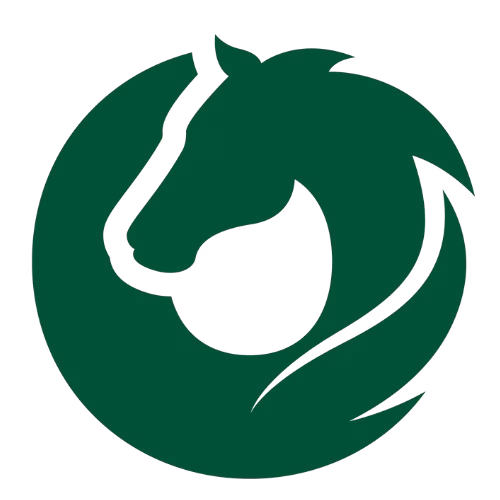
Welcome to Sell Your Horse, a platform dedicated to connecting equestrians with each other, making horse buying and selling easier and more transparent. With a focus on technology and community-building. My mission is to help like-minded equestrians find the right connections, share knowledge, and build a trusted equine network.




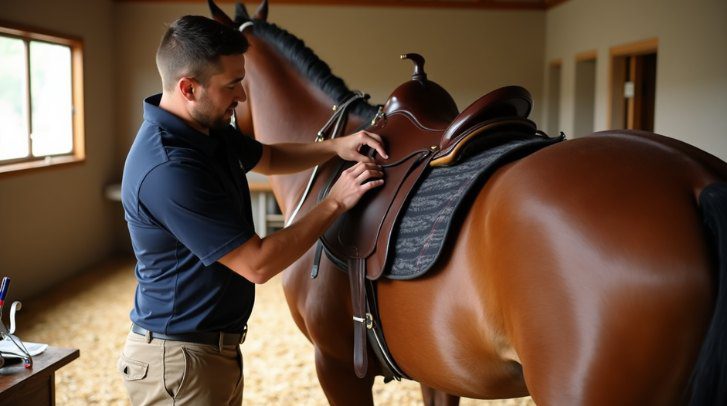
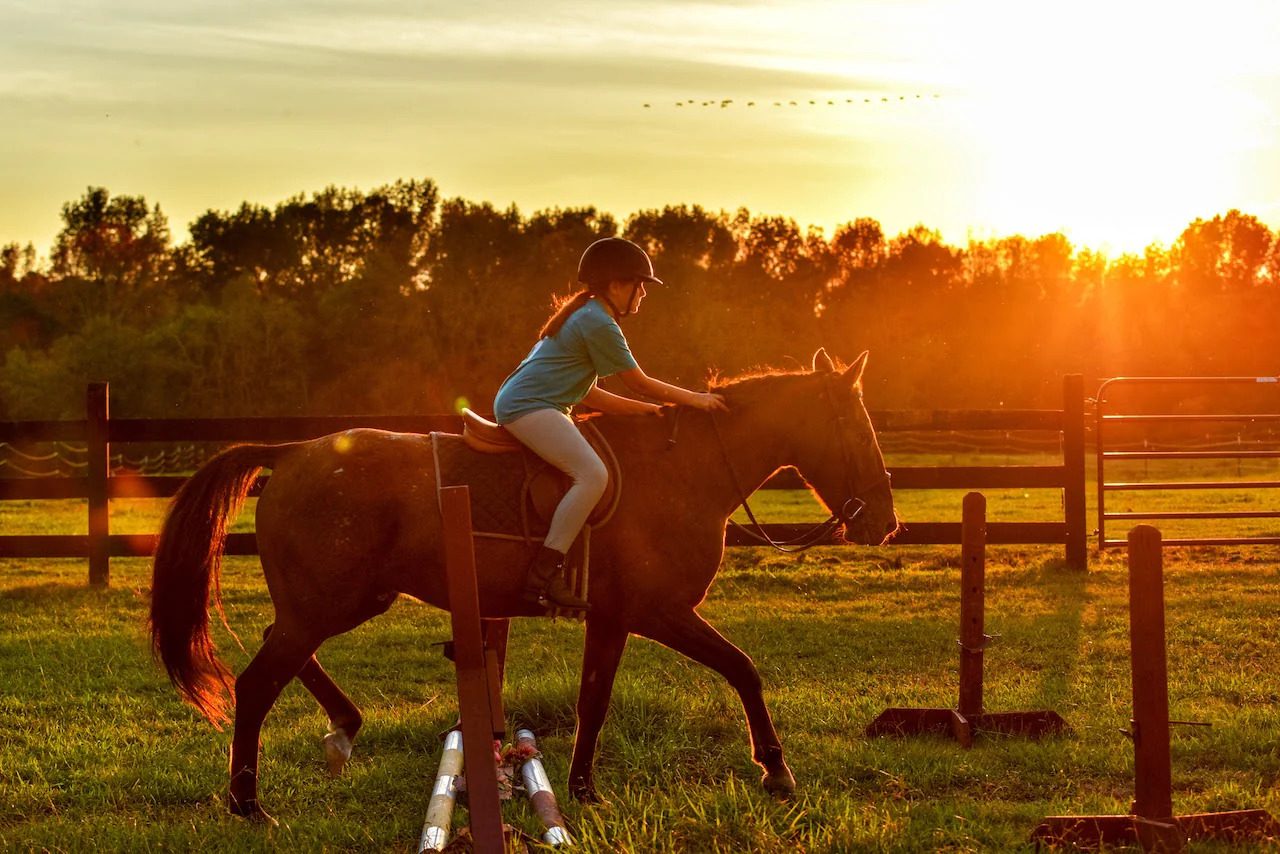
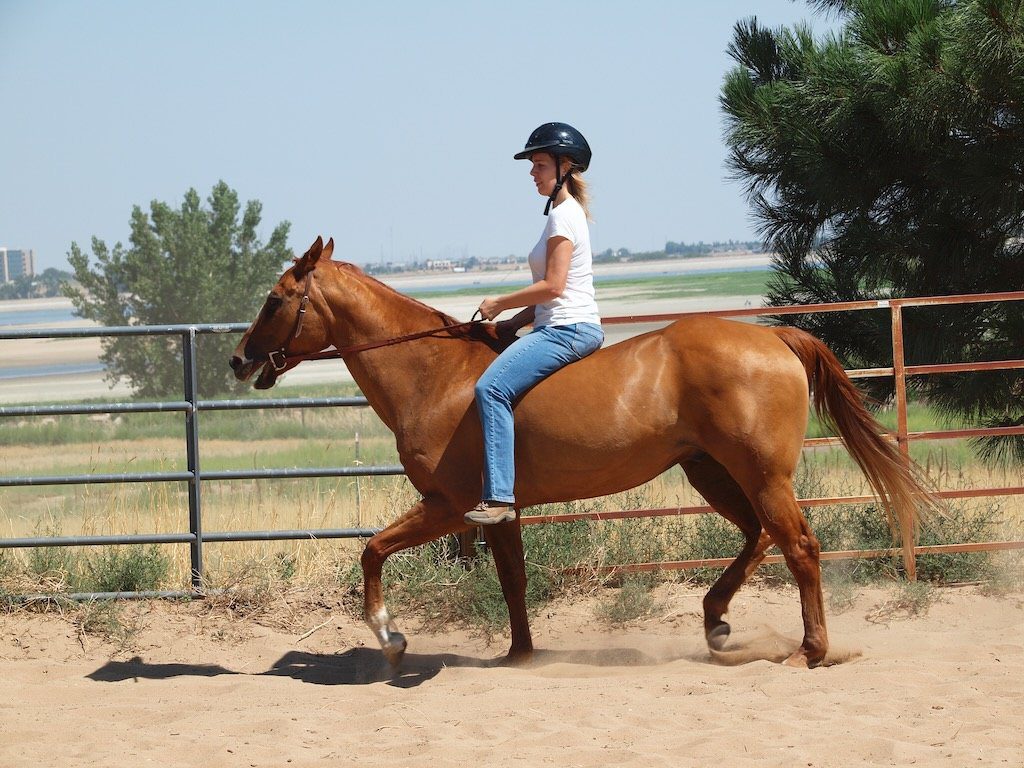
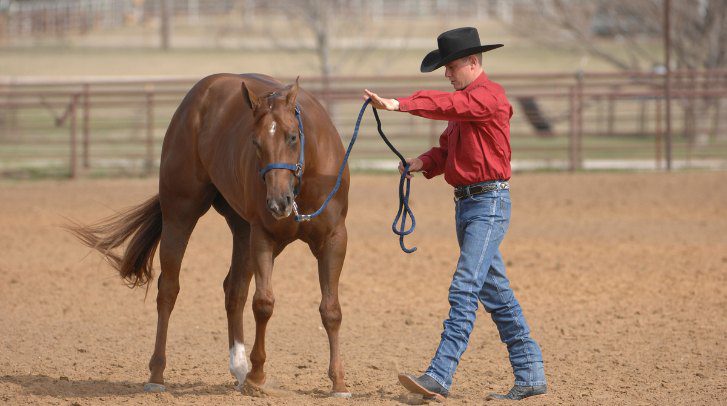
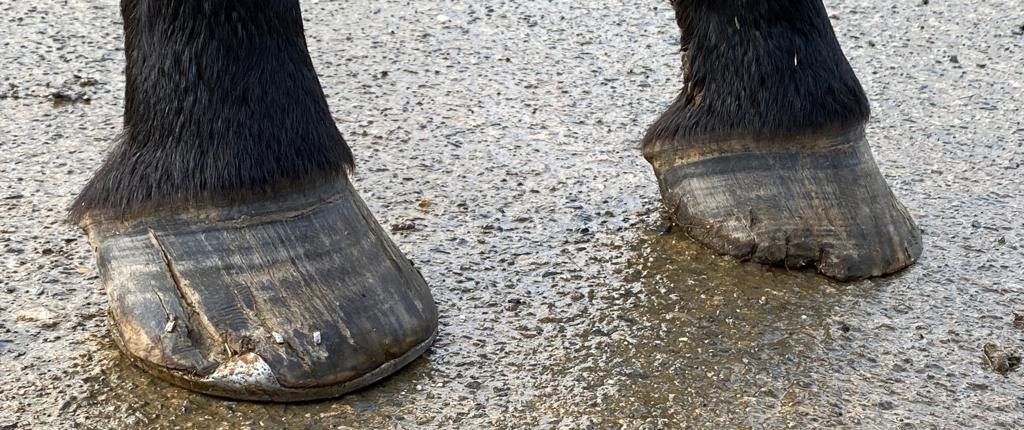
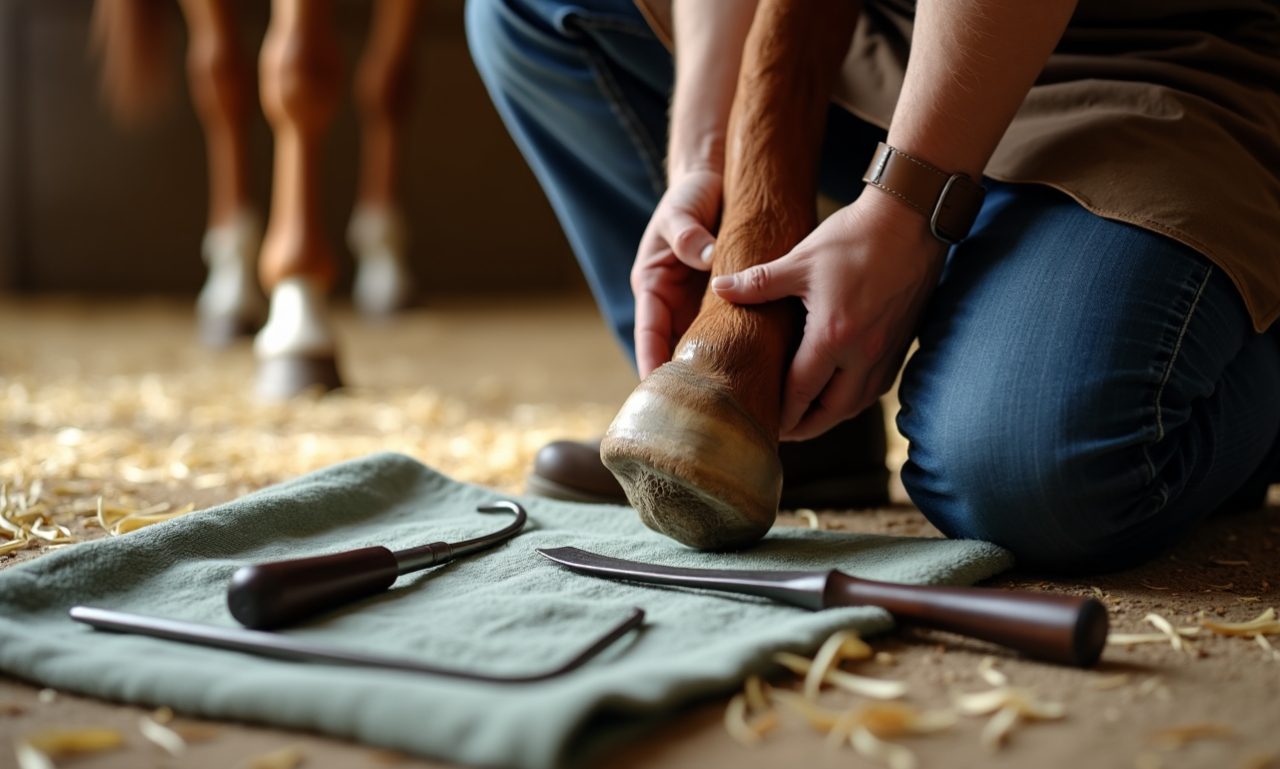

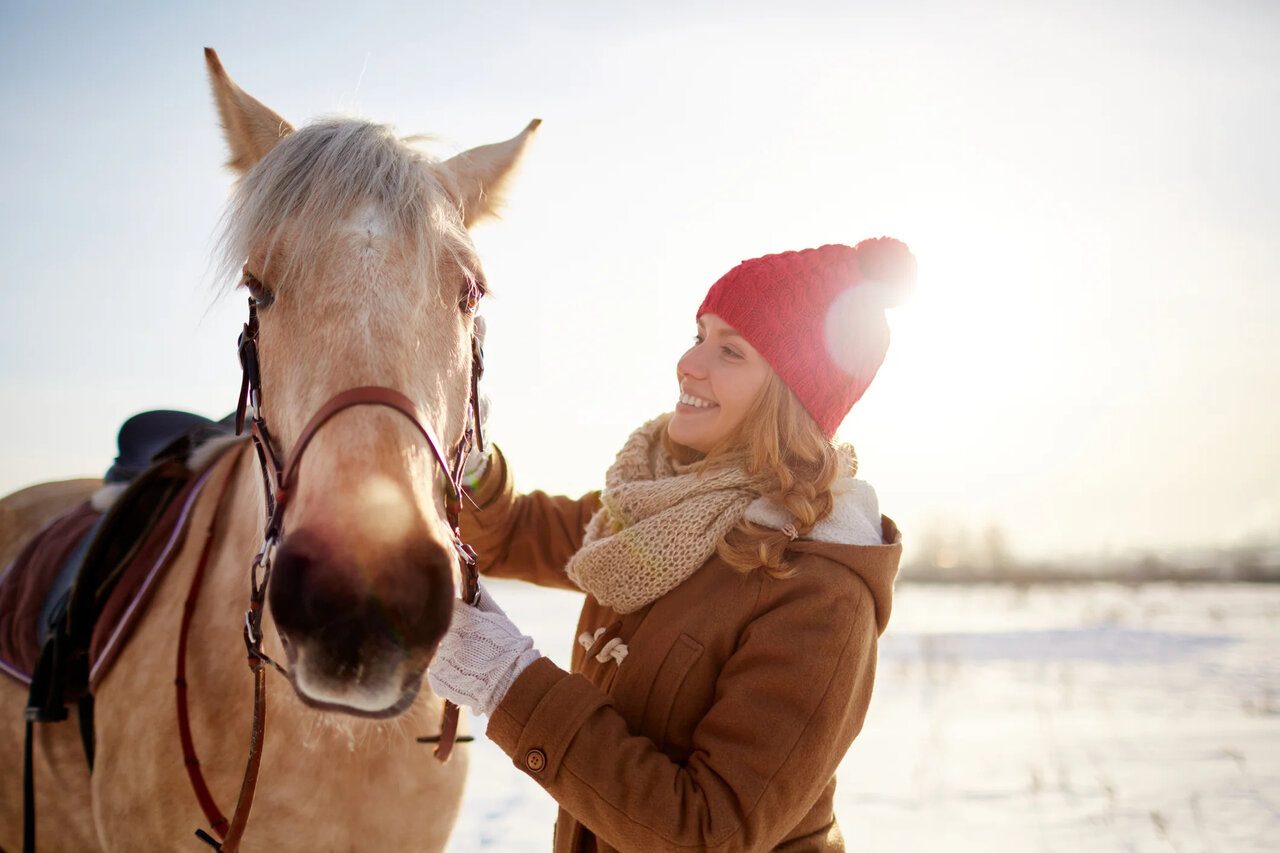
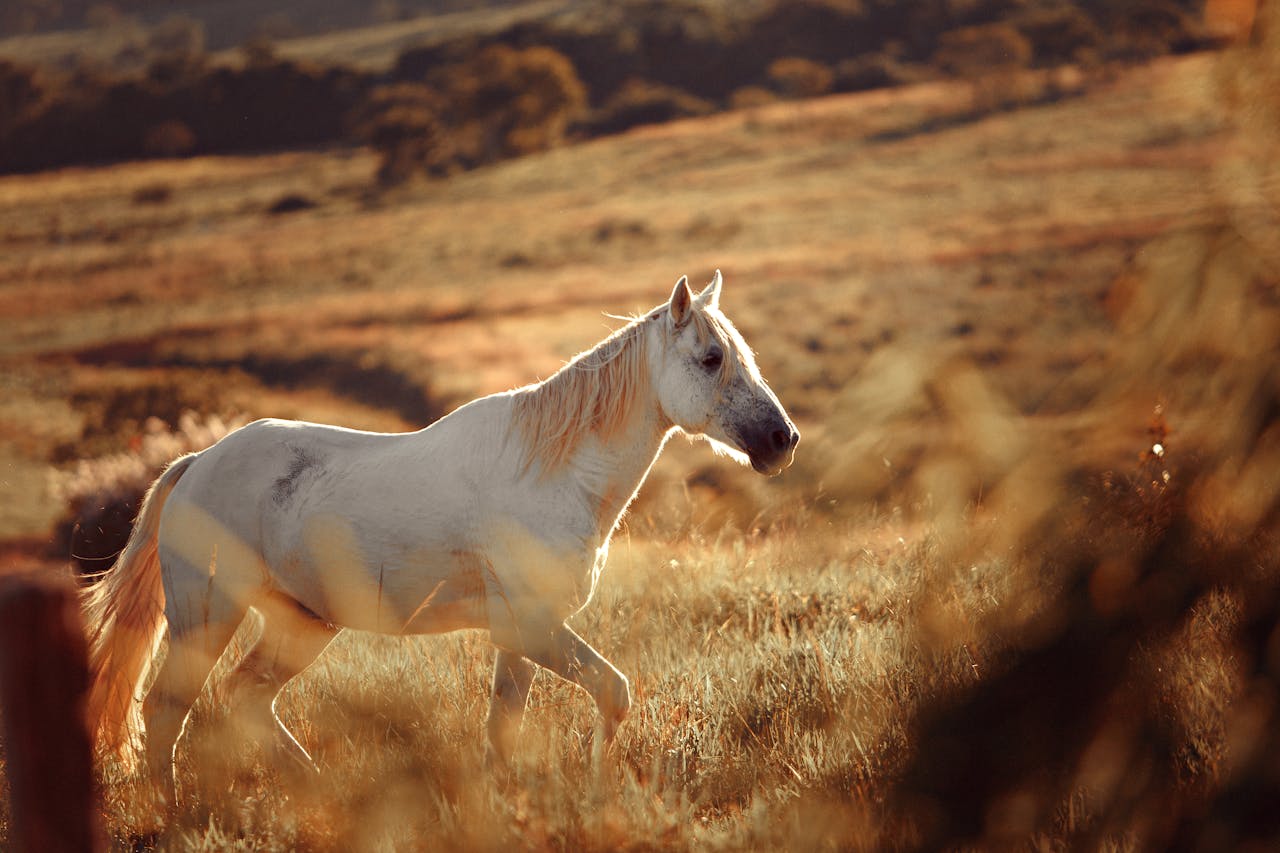
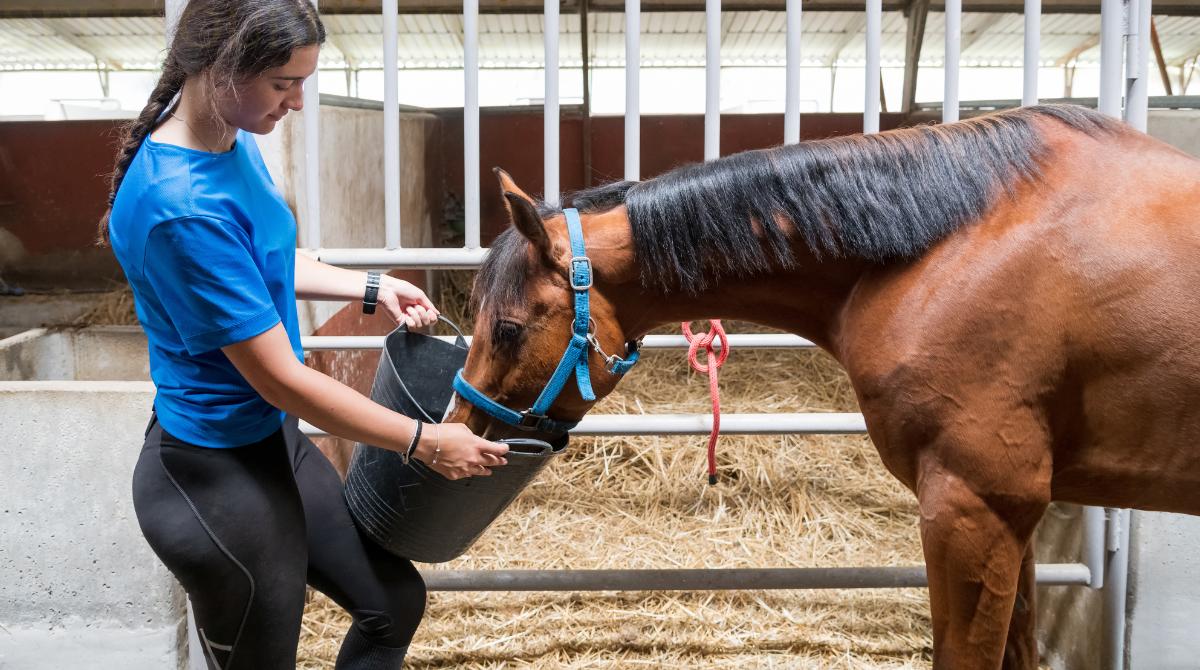
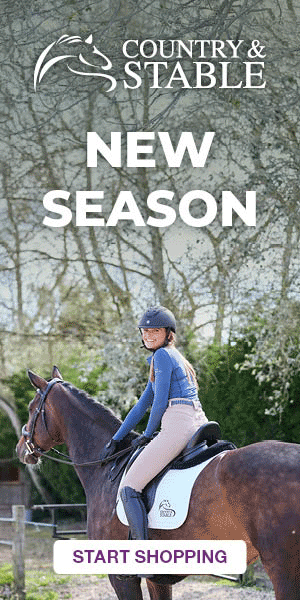
 Featured Listings
Featured Listings
 Adverts
Adverts
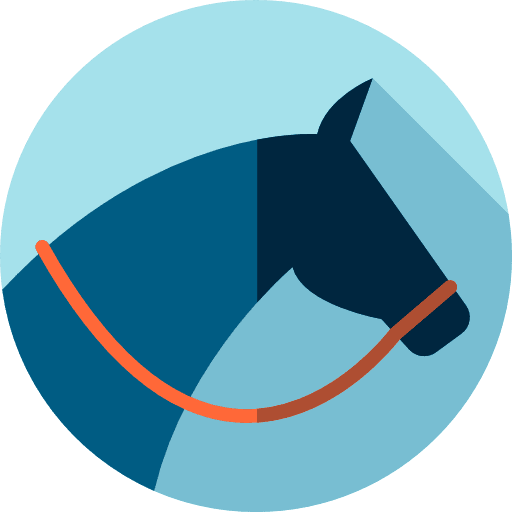 Horses For Sale
Horses For Sale
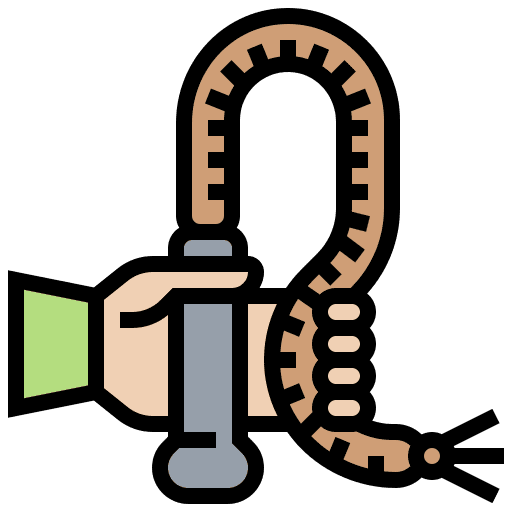 Tack & Equipment
Tack & Equipment
 Horseboxes & Trailers
Horseboxes & Trailers
 Equine Properties
Equine Properties
 4x4 Vehicles
4x4 Vehicles
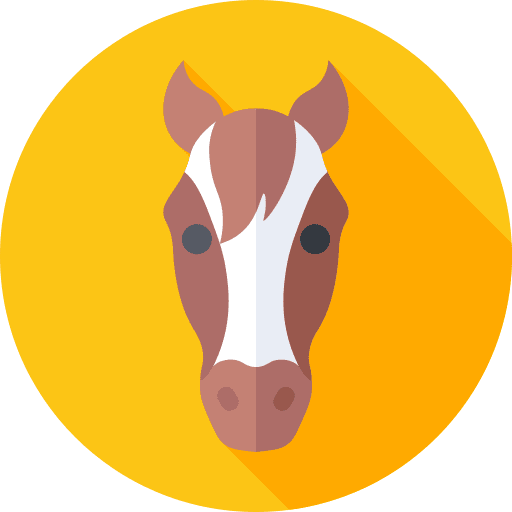 Horses For Loan
Horses For Loan
 Horses Wanted
Horses Wanted
 Stallions at Stud
Stallions at Stud
 Equine Services
Equine Services
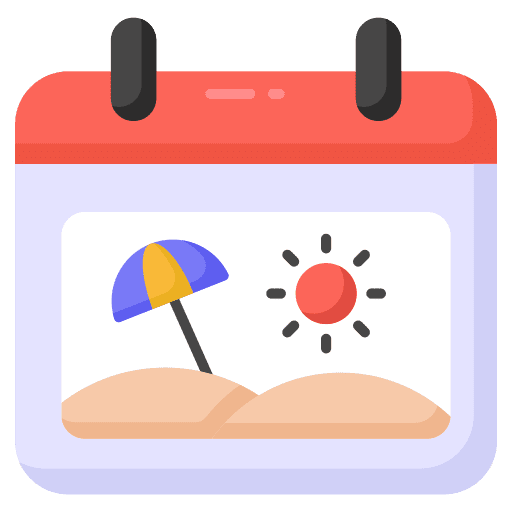 Riding Holidays
Riding Holidays
